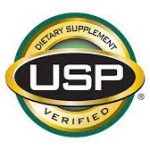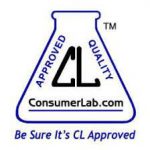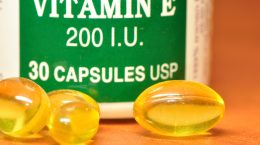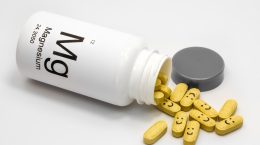Published on June 10, 2022
Video Friday: Not all supplements are created equally… how do you know that what you are buying is of good quality?
Key Points
- There are several things to look for when choosing a supplement to help ensure it is of good quality, is safe and free of contaminants, and contains what the label says it does and in the amounts stated
- A 2013 study looked at several vitamin D3 supplements found in stores and discovered that the concentration of vitamin D3 in the supplements varied by 9% to 146% from the amount listed on the label (an important reason to measure vitamin D status, especially when changing brands!)
- Some supplement companies voluntarily go through third party certification; three of the main third party certifications are NSF International, U.S. Pharmacopeia (USP), Consumer Labs, and Underwriters Lab (UL)
 At GrassrootsHealth, we often have participants ask for supplement recommendations and how to find a good quality supplement. In the video featured below, Dr. Nishi Bhopal, MD reviews some of the things to look for when choosing a supplement to help ensure it is of good quality, is safe and free of contaminants, and contains what the label says it does and in the amounts stated.
At GrassrootsHealth, we often have participants ask for supplement recommendations and how to find a good quality supplement. In the video featured below, Dr. Nishi Bhopal, MD reviews some of the things to look for when choosing a supplement to help ensure it is of good quality, is safe and free of contaminants, and contains what the label says it does and in the amounts stated.
Watch the Video
After watching the video, be sure to take note of the details below.
Video Summary
Supplements are meant to supplement a healthy diet, not substitute a healthy diet and lifestyle
Supplements are not regulated by the FDA for quality, contaminants, or ingredients
A 2013 study looked at variety of botanical supplements and found 59% contained ingredients that were not on the label, and 83% of the companies tested substituted the active ingredients with something else!
Another 2013 study looked at vitamin D3 supplements found in stores and discovered that the concentration of vitamin D3 in the supplements varied by 9% to 146% from the amount listed on the label (an important reason to measure vitamin D status, especially when changing brands!)
Note: It is not uncommon to see an unexpected change in vitamin D levels when switching between brands or products of vitamin D, even if the amount of vitamin D taken on a daily basis has not changed
The US Food and Drug Administration (FDA) requires supplement manufacturers adhere to Current Good Manufacturing Practices (CGMP), however, compliance is not always enforced
The best way to ensure the quality of a product is to look for third party certifications, which test supplements to make sure they are safe, free of contaminants, and contain what it says on the label, in the listed amounts




Some supplement companies voluntarily go through third party certification; three of the main third party certifications are NSF International, U.S. Pharmacopeia (USP), Consumer Labs, and Underwriters Lab (UL)
Professional sports athletes may also want to look for the NSF Certified for Sport seal, which shows the supplement has been checked for any substances banned for use in sports
Many online practitioner dispensaries, such as GrassrootsHealth’s Fullscript supplement store, contain only good quality, third-party certified supplements
Ensure Healthy Vitamin D Levels – Measure at Home Today
 Having and maintaining healthy vitamin D levels and other nutrient levels can help improve your health now and for your future. Choose which additional nutrients to measure, such as your omega-3s and essential minerals including magnesium and zinc, by creating your custom home test kit today. Take steps to improve the status of each of these measurements to benefit your overall health. With measurement you can then determine how much is needed and steps to achieve your goals. You can also track your own intakes, symptoms and results to see what works best for YOU.
Having and maintaining healthy vitamin D levels and other nutrient levels can help improve your health now and for your future. Choose which additional nutrients to measure, such as your omega-3s and essential minerals including magnesium and zinc, by creating your custom home test kit today. Take steps to improve the status of each of these measurements to benefit your overall health. With measurement you can then determine how much is needed and steps to achieve your goals. You can also track your own intakes, symptoms and results to see what works best for YOU.
Enroll in D*action and Test Your Levels Today!






